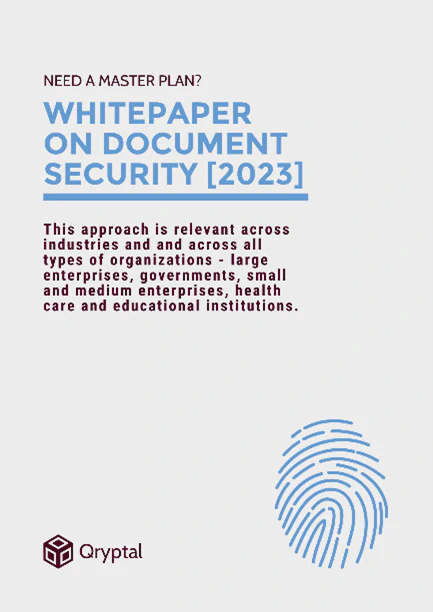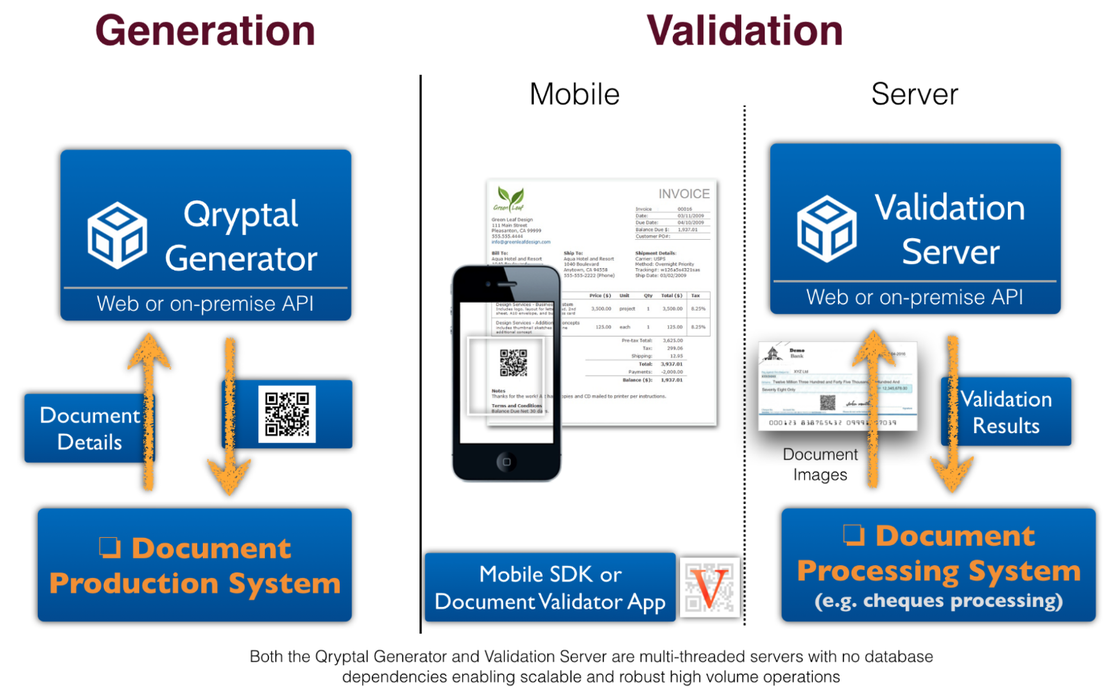Securing Trade Documents: The Potential Role of Secure QR Codes
- Rajesh Soundararajan
- Feb 14, 2023
- 4 min read
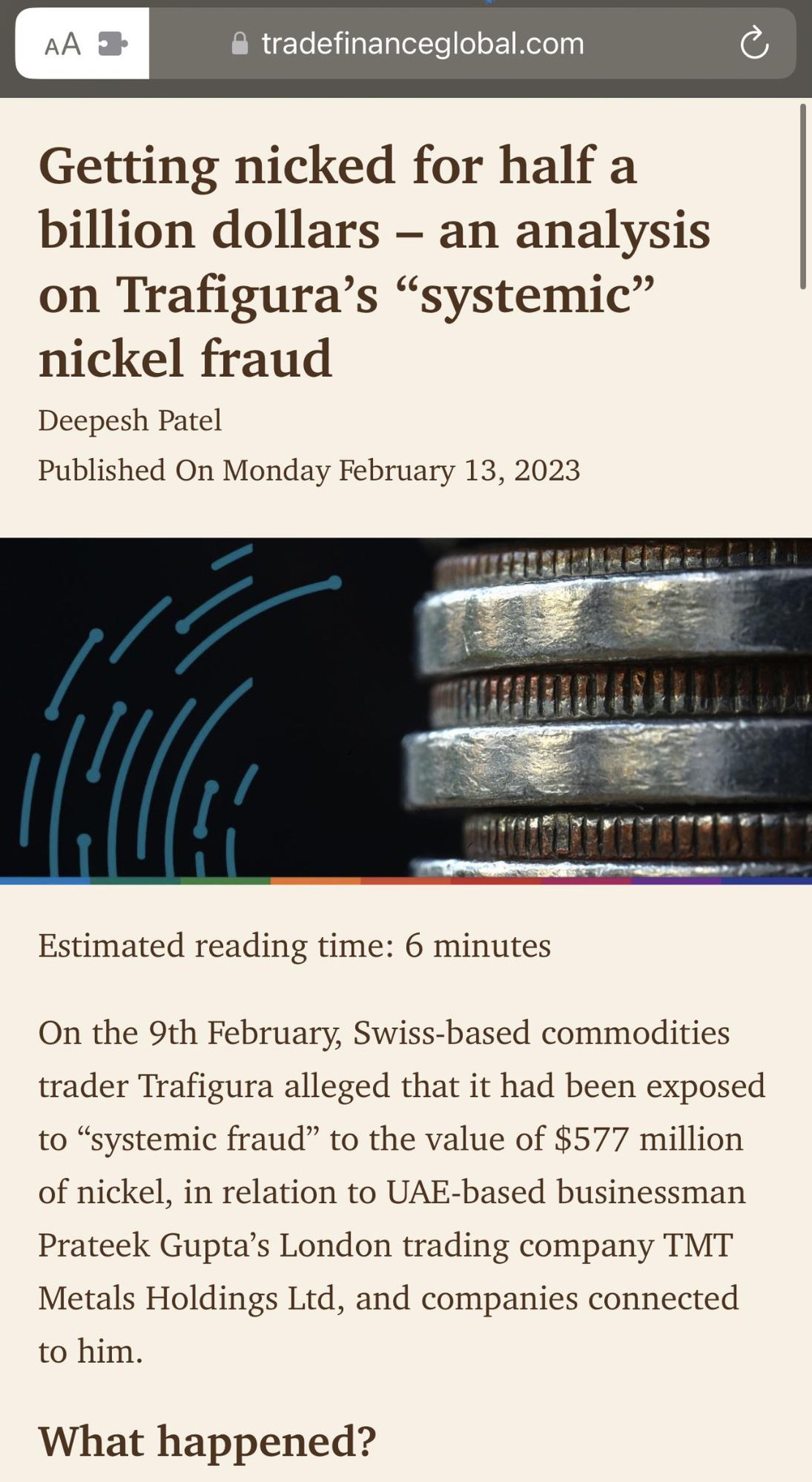
Protecting Against Document Fraud in Trade Finance: The Power of Secure QR Codes and MLETR
The recent Trafigura case, where the commodities trader alleges it has been exposed to “systematic fraud” to the value of $577 million of nickel, highlights the importance of document security in the trade finance industry. According to reports, Trafigura purchased a containerized shipment of nickel from Prateek Gupta’s London trading company, TMT Metals Holdings Ltd, which was later found to contain no nickel. It is believed that Gupta’s companies were known fraudsters, and other banks and financial institutions had lost money in dealings with these companies. This suggests that fraudulent documents, such as bills of lading and shipping documents, could have been used to support these transactions.
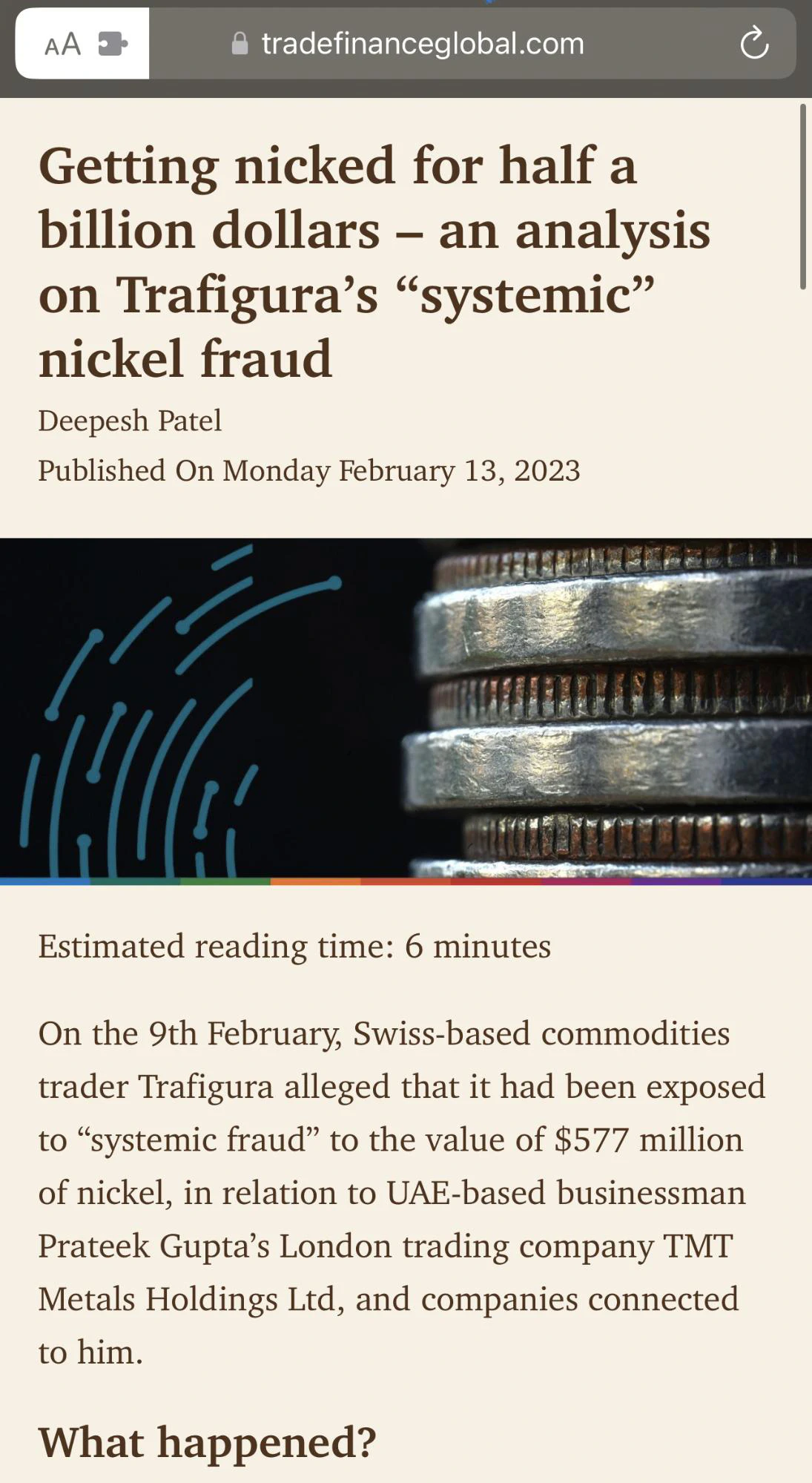
Document fraud is a significant concern for the trade finance industry, with fraudulent activities costing organizations billions of dollars annually. As such, organizations must implement robust document security solutions to protect themselves against fraudulent activities. One solution that has gained popularity in recent years is secure QR codes, which are used to create tamper-proof and easily verifiable physical or digital records.
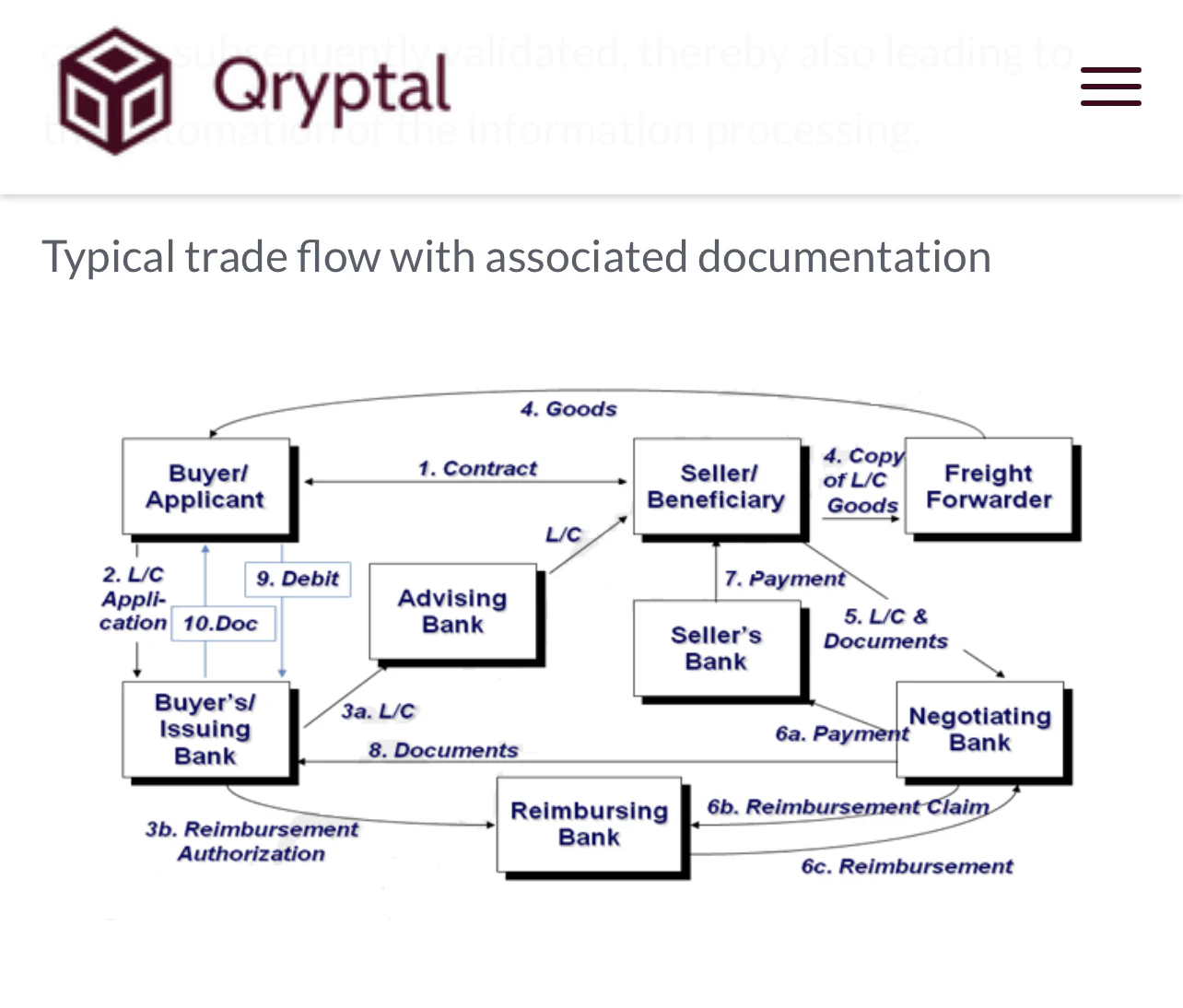
The trade finance industry is also witnessing the adoption of UNCITRAL’s (The United Nations Commission on International Trade Law) Model Law on Electronic Transferable Records (MLETR). This legal framework guides the use of electronic transferable records in international trade. MLETR provides a technology-neutral approach to creating, transferring, and enforcing electronic transferable records, including bills of lading, warehouse receipts, and other trade documents. It aims to provide a legal basis for the use of electronic transferable records in a way that is equivalent to traditional paper-based systems.
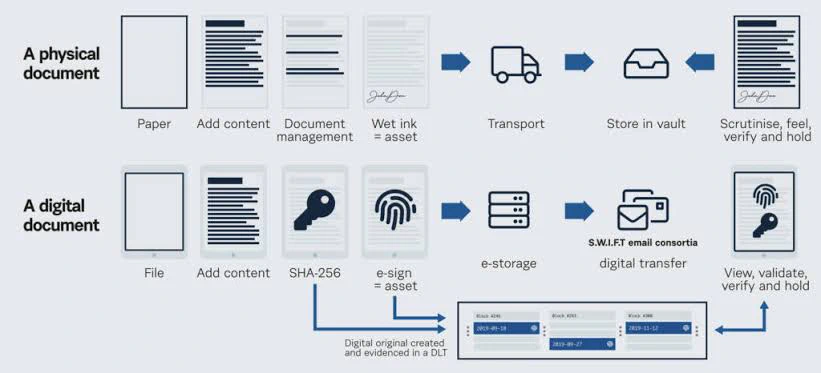
Proposed MLETR workflow
Secure QR codes are one of the many tools that can be used to implement MLETR. By using secure QR codes, electronic transferable records can be easily created, transferred, and verified with a high degree of security and integrity. This is because secure QR codes are designed to provide tamper-proof and easily verifiable digital records, making it an attractive solution for making documents tamper-proof and easily verifiable. This is much less complicated and easily implementable and affordable compared to blockchain technology.
Secure QR codes are created using public-key infrastructure (PKI) encryption technology and use multi-stage pipeline compression to generate a small QR code footprint. This approach enables decentralized validation using the public key, allowing quick, efficient, and effective verification. By embedding secure QR codes on documents such as invoices, purchase orders, bank statements, industrial test certificates, and other trade documents, organizations can ensure the authenticity and integrity of their documents.
Qryptal is a leading provider of secure QR codes for document security, with a proven track record of success in over 30 countries. Qryptal’s secure QR code solutions utilize PKI-based security equivalent to 3072-bit RSA, making it a compelling solution for making documents tamper-proof and easily verifiable. We had earlier written about fake warehouse receipts and the Trafigura case makes that earlier blogpost a relevant read
Qryptal’s solution with a secure QR code is a proven method to reduce fraud and increase the trustworthiness of the documents. Read more here
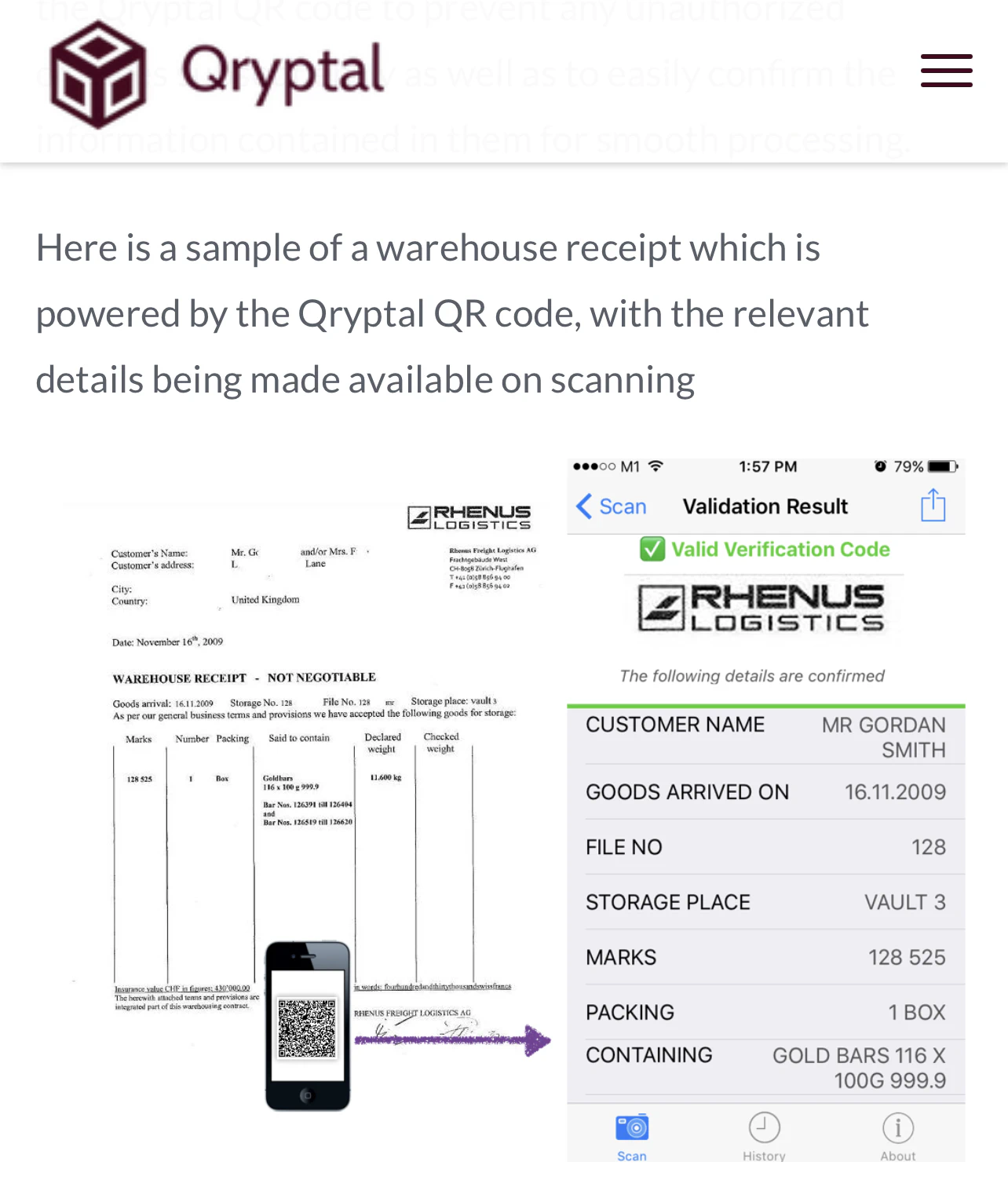
Needless to conclude, document fraud is a significant concern for all stakeholders in the trade finance industry, and organizations must implement robust document security solutions to protect themselves against fraudulent activities. Secure QR codes provide a simple and efficient way to make documents tamper-proof and easily verifiable. As the adoption of UNCITRAL’s Model Law on Electronic Transferable Records (MLETR) continues to gain traction, secure QR codes could play an increasingly important role in the trade finance industry. With Qryptal’s proven track record of success, organizations can trust their technology to provide innovative and effective mobile-enabled products and solutions to businesses of all sizes, ensuring the security and integrity of their critical data and documents.
You may also like
- Trade finance documentation - using Secure QR codes
- Whitepaper on Document Security
- Why choose Secure QR Code over Blockchain
- Securing Warehouse receipts against tampering and fraud
